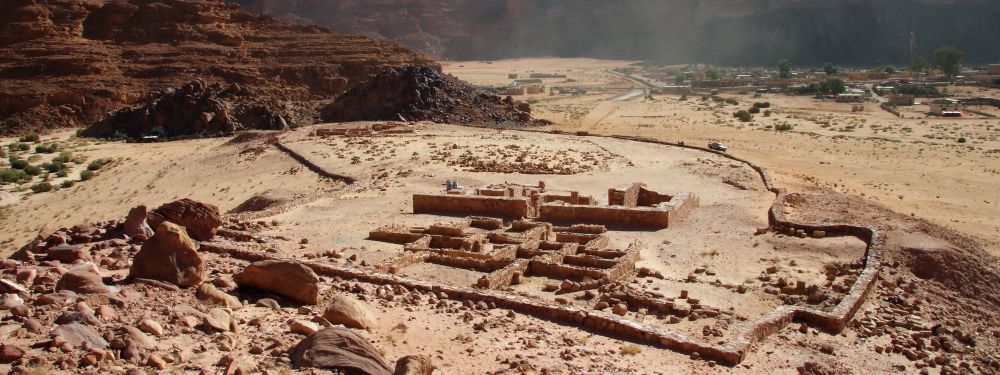

The Nabataean Temple, nestled in the enchanting desert landscape of Wadi Rum, is best visited during the shoulder seasons, which are Spring (March to May) and Autumn (September to November). During these months, the temperatures are more moderate compared to the scorching heat experienced in the Jordanian desert during summer. The pleasant climate in spring brings the desert to life, with occasional bursts of wildflowers, making it an exceptional time for photography and exploration. Likewise, autumn offers clear skies and comfortable temperatures ideal for sightseeing and engaging in outdoor activities such as hiking and camel trekking without the extreme heat or cold.
To avoid the peak tourist season while still enjoying good weather, consider planning your trip in March or November. Another noteworthy time is the evening hours regardless of the season; visitors can experience the breathtaking sunset that paints the sandstone mountains and desert dunes in a spectrum of colors. However, while the daytime during winter (December to February) can offer agreeable conditions for visiting the Nabataean Temple, it is important to note that nights can be very cold, with temperatures sometimes dropping near freezing. Regardless of your visit time, always ensure you are prepared with appropriate clothing and sufficient water to stay hydrated in the desert environment.
| Month | Min Temp | Max Temp |
|---|---|---|
| January | 4 °c | 18 °c |
| February | 6 °c | 21 °c |
| March | 10 °c | 25 °c |
| April | 15 °c | 30 °c |
| May | 20 °c | 34 °c |
| June | 22 °c | 36 °c |
| July | 24 °c | 37 °c |
| August | 24 °c | 37 °c |
| September | 21 °c | 34 °c |
| October | 17 °c | 30 °c |
| November | 11 °c | 25 °c |
| December | 5 °c | 19 °c |